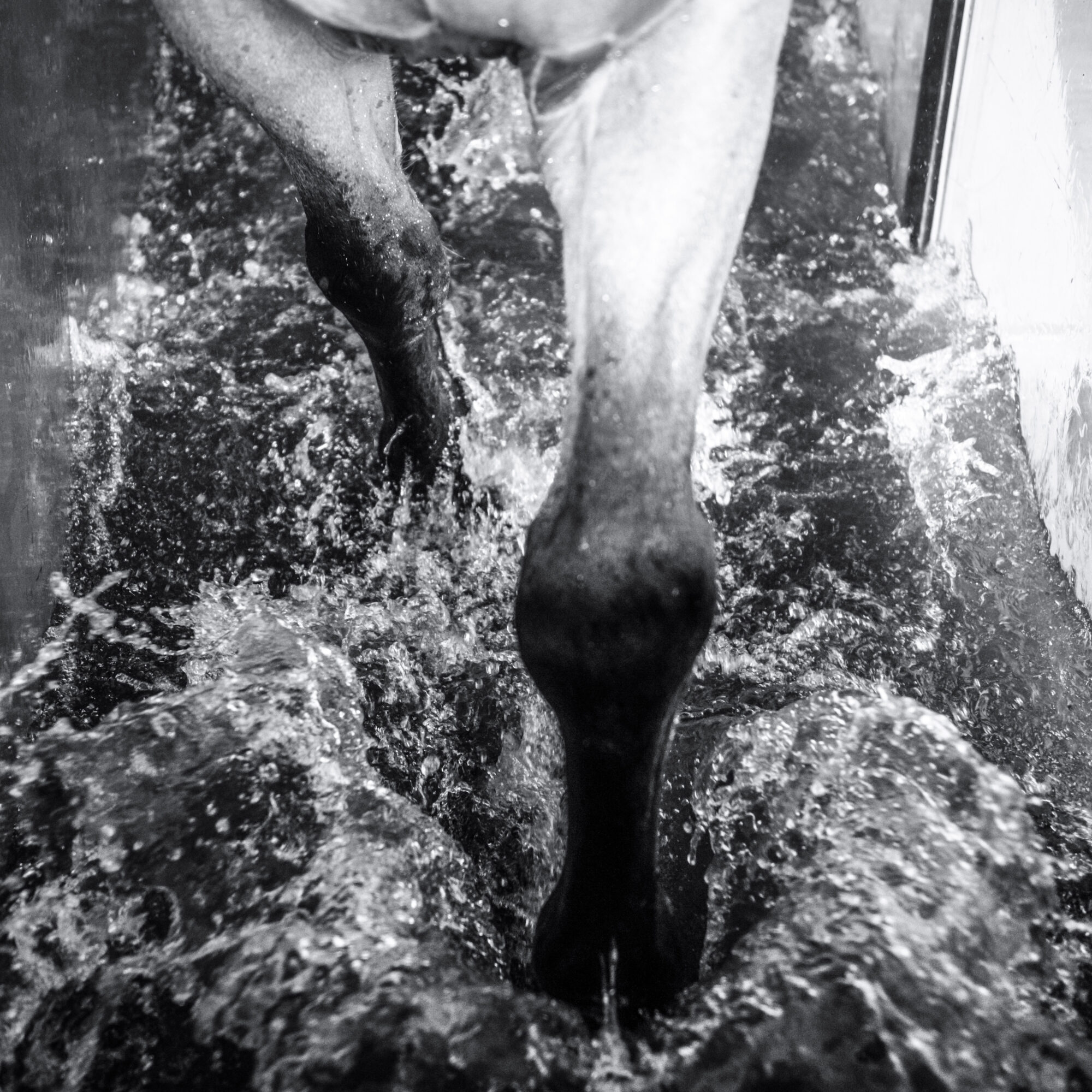If your horse has been injured, had surgery or been very ill, you might be about to embark on a rehabilitation programme to get them back to full health and fitness. That means allowing any wounds or injuries to heal completely, then gradually building up their strength and fitness and doing your best to avoid them re-injuring themselves. We offer rehabilitation livery at Thorpe Farm Rehab & Fitness, so we know all the different factors you need to consider to maximise the chances of successful rehab programme. Let’s take a closer look at them:
Tailor the rehab programme to your horse
As we mentioned above, your aims will be individual to your horse – some people are rehabbing a horse to get it back to full competitive fitness, some are getting a horse to the point where it can go to stud and breed the next generation of sports horses, and others simply want their horse to be well enough to enjoy relaxing in their field for the rest of their life. Make sure all the professionals involved work together (for example your physio, vet, chiropractor and farrier) to ensure the very best outcome.
Go slow
Remember to take it slow. The worst scenario if you give your horse an extra day or week at each stage is that they will come back into full work a month later. The worst outcome if you rush things is that you aggravate the original injury or give them some other setback. That might mean the rehabilitation programme is unsuccessful or they need more time and come back into work a month or so later. So, avoid risk and give them all the time they need. An extra week walking them in-hand might be so worth it in the long run.
Review progress with professionals
Let’s say your horse had a small hole in their superficial digital flexor tendon – your vet might recommend scanning them periodically during the rehab process to monitor improvement. But if there’s extra heat or puffiness or you just suspect something isn’t right, you can always ask for an extra visit. If your horse is recovering from kissing spines surgery and you want to make sure you’re doing everything right to support their recovery, why not consult with your equine physio for their input? Don’t be afraid to pipe up and ask for an extra visit.
Pay attention to their mental wellbeing
If your horse is on box rest for some time, or struggles with limited turnout and no work, it can be tough to keep them happy. We all know that mental and physical health are intrinsically linked, so attending to their happiness is a key element of a successful rehabilitation programme. That might mean taking the time to hand graze them for 30 minutes a day, longer grooming sessions to bond with them, ensuring they can still see and even touch their stablemates and introducing stable toys.
Utilise the latest therapy techniques
Whereas once a rehab programme might have included box rest, hand walking, road work and then a gradual return to fitness, there are now so many more options out there. For example, the TheraPlate uses wave vortex therapy to improve circulation and can help shorten the healing time from wounds and abrasions and reduce swelling and inflammation. The water treadmill is excellent for improving fitness in a controlled, low-impact environment, and our salt therapy chamber is an excellent way to support respiratory function in horses who are forced to spend most of their day stabled during rehab.
Here at Thorpe Farm, we have a range of facilities which can help you boost your horse’s fitness and help them successfully recover from injury. We welcome horses here on rehab livery, where we work with your vet and/or physio to create a bespoke programme to get them healthy and happy as soon as possible. Just drop us a line if you would like to learn more and check out our facilities here.
